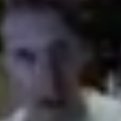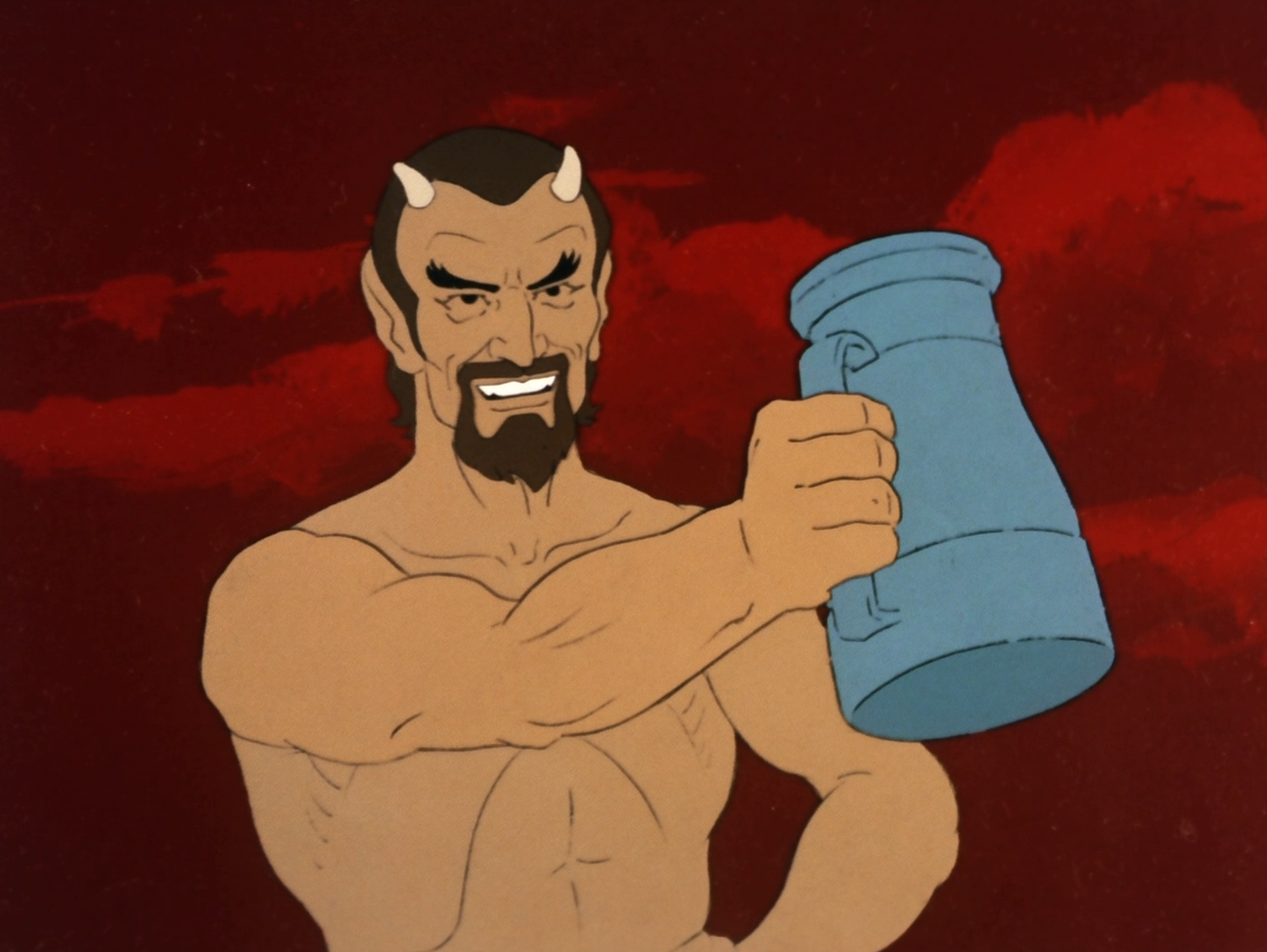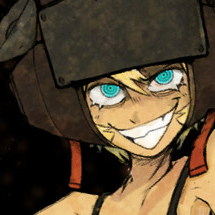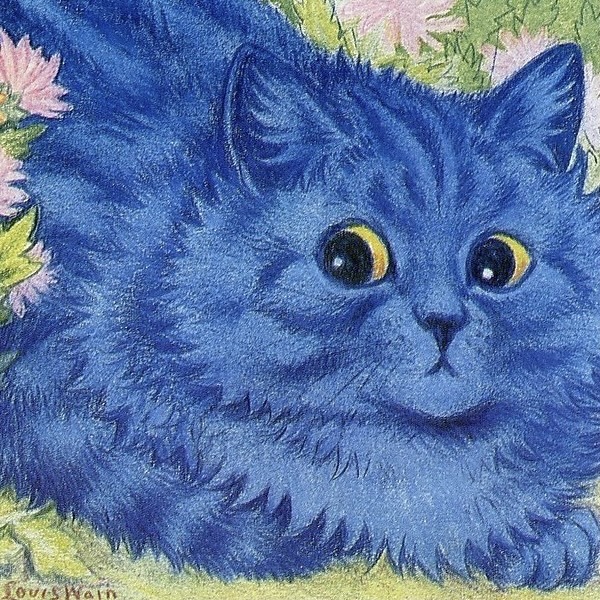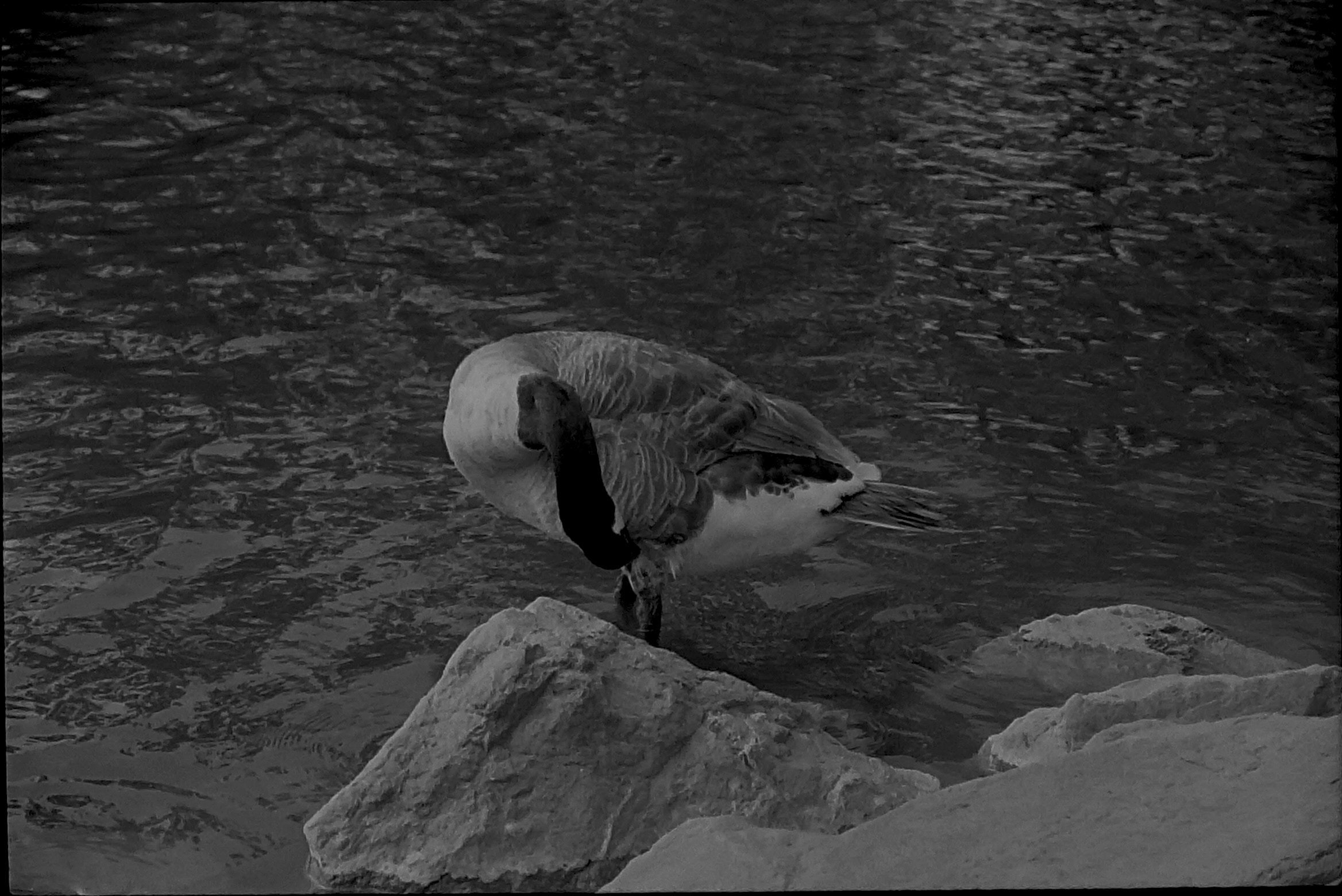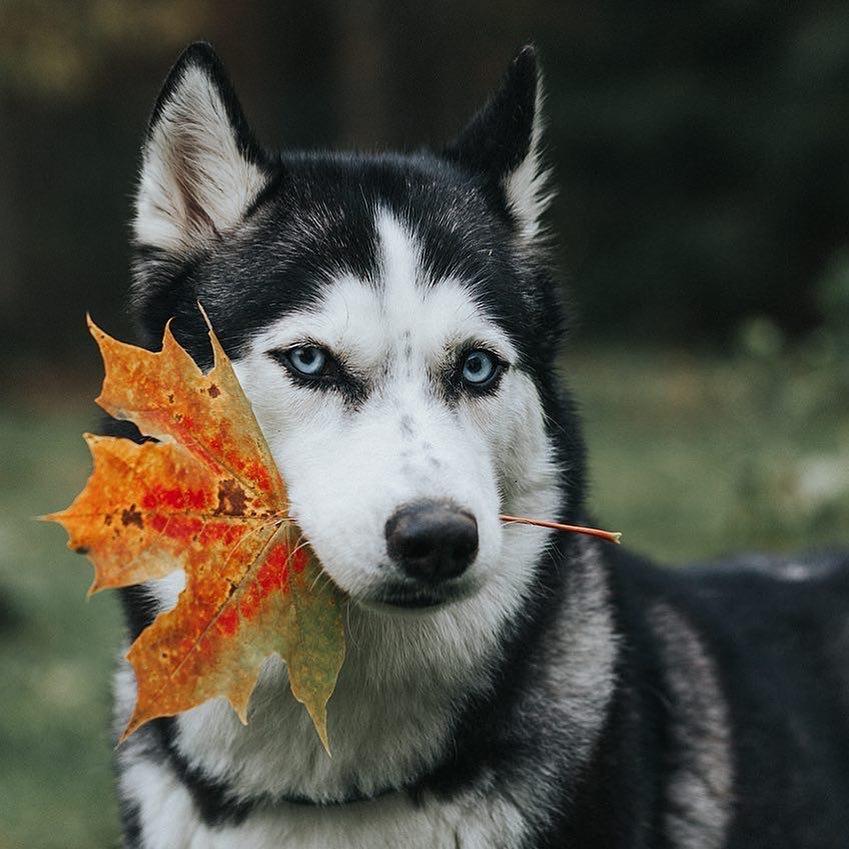I think it's interesting how civil rights photography is always in black and white despite the fact that color photography was not only available but downright common for several decades at that time.
I think it's utterly maddening that shit was in 1960. It wasn't "the olden days" or "the before times" it was 1960. That's fours years before the events of Metal Gear Solid 3. This shit isn't that old.
(For the record, I think the black and white photography capturing racism is thematically and aesthetically on point)
Agreed. It's to highlight the one reason all these crackers are mad: that dude's tan is on point
Rudolph the Red Nosed Reindeer first aired 12 days before the Supreme Court finally ruled that the national government could force businesses to desegregate (although of course formally segregated school districts continued into the early 70s, and segregated proms were still a thing up through 2013 in parts of Georgia)
Exactly dude, exactly! This was stuff isn't ancient history, it's VERY recent and I find it really infuriating that there people of great power and influence today who were likely exactly like the katz in that picture. This sort of American history isn't that old and I wish people didn't try to create a narrative that segregation is some relic of the civil war era or something.
I put it in perspective by thinking of how old the people in the photos are now. Some of those kids look 15; they'd be 78 today. Old, but many either recently left powerful positions or are still in them.
Some of those kids look 15; they'd be 78 today. Old, but many either recently left powerful positions or are still in them.
 FUCKIN' EXACTLY!
FUCKIN' EXACTLY! 
That's fours years before the events of Metal Gear Solid 3.
This is giving me an entirely new perspective on 1960 📦
Yeah, The Virtuous Mission and Operation Snake Eater both occur in 1964. 📦🐍
(For the record the only reason I have that knowledge off the top of my dome is because I have a print out of the MGS timeline on my nerd bookshelf. I used that print out for TTRPG writing sessions as well. Also I find the 60's cold war era to be a uniquely fascinating time as it's a confluence of so many interesting social and political movements. Most importantly of course, The Civil Rights era specifically due its influence on my life)
MGS themed TTRPG sounds awesome lol, I enjoyed a heavily modified Call of Cthulhu with twitter people a lot bc it was easy enough for everyone to contribute map recommendations by ripping real geography & locations
Color reversal film was expensive and completely impractical to print on a large scale, especially for professional photographers who would go through a whole roll in mere minutes, if even that. Color negative film was generally pretty terrible with an absolutely horrendous shelf life. It suffered from light sensitivity issues and was just not very well suited for journalistic purposes. Even if they did use color film, very few people, most likely only the editorial staff, would ever see it printed in color. It would not be published in color at the time. The only way the color version would conceivably reach a mass audience is through republication decades later in a book. Color photographs were only printed in color in art books, advertisements, or catalogues, as a general rule. In rare instances color exhibitions were held, but these were rare as well due to color photography being perceived as “pedestrian” - 90% of the time it was used by vacationers and tourists.
So while technically speaking, color photography was widely and readily available continuously from 1907, due to the impracticality and expense of reproduction, mass media, with the exception of television (video, not film), was 90% black and white up until the 1990s. There had to be a justification for the expense of printing in color - for example a subscription publication such as National Geographic, other source of additional funding such as grants, or some perceived sales value, etc. Newspaper photographs certainly weren’t considered important enough to do this. And their subscribers would certainly not have been happy with the substantial price increase that would have been necessary with the printing technology at the time - and also, you have to print a metric ton of these every minute, only black and white could do that.
newspapers still weren't printed in color, and news photographers/non-professionals took the lion's share of the pictures i should think
It's black and white because a lot of the photography around the civil rights movement was for newspapers.
So, there are three chief advantages of black and white film:
Firstly, newsprint means colour is superfluous because newsprint is black and white with a halftone process to get shades of grey.
Secondly, black and white film was (and still is) a lot more sensitive and forgiving of lighting conditions than colour film, especially colour film in the '60s. That's pretty important when you're in a crowd trying to get a photo of something in a hurry. It means you can use a smaller aperture which gives you a greater depth of field, which makes for nice snaps to capture a whole scene. You can also up the shutter speed to give crisp photos with no motion blur.
Finally, black and white film has a quick and easy development process. So you can get your prints in and out of the newspaper darkroom pronto, and you can manually pump the lighting and contrast during the development process to make a mediocre photo good enough for the evening paper.
How do you participate in this and still think you're a good person?


